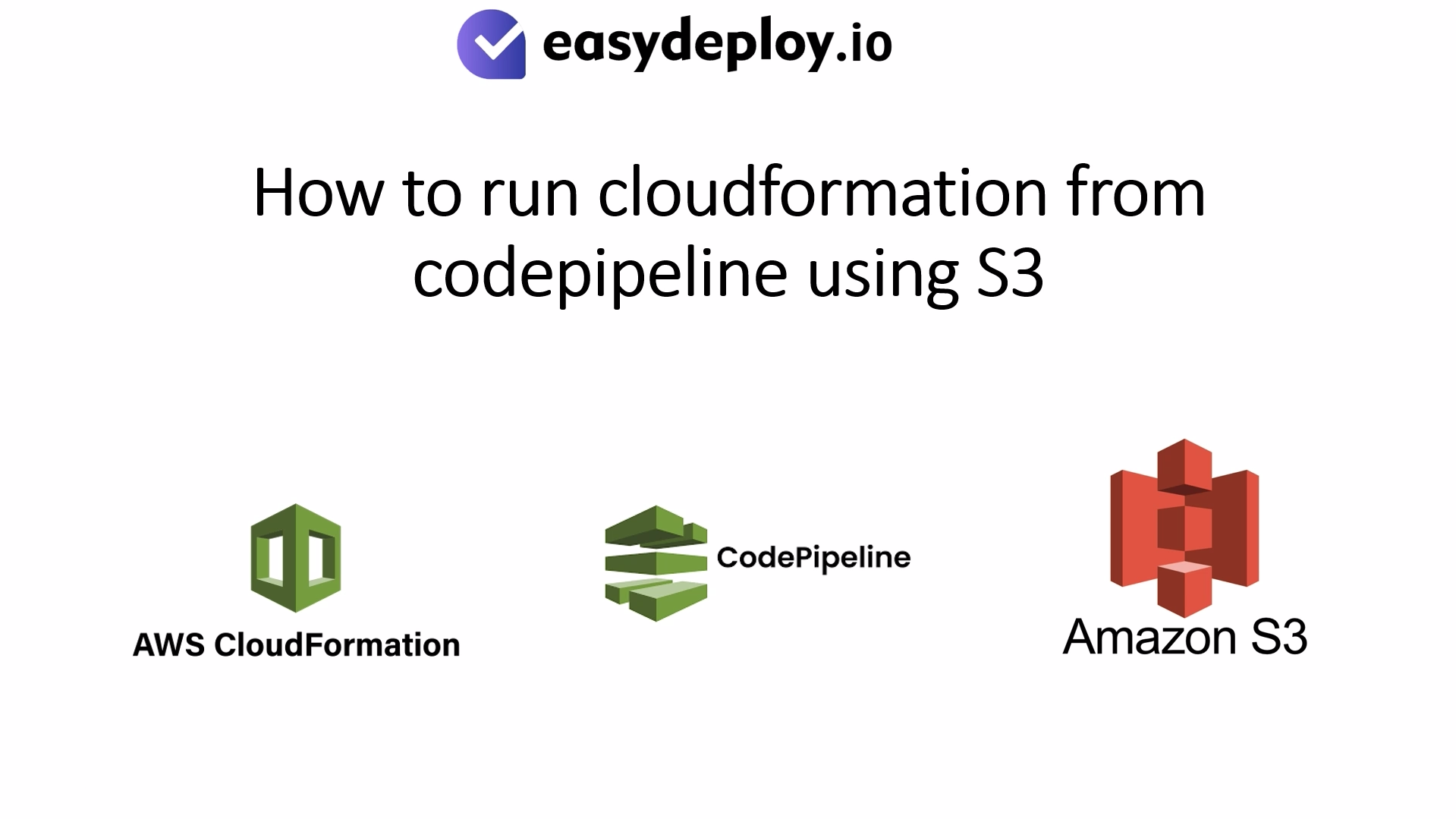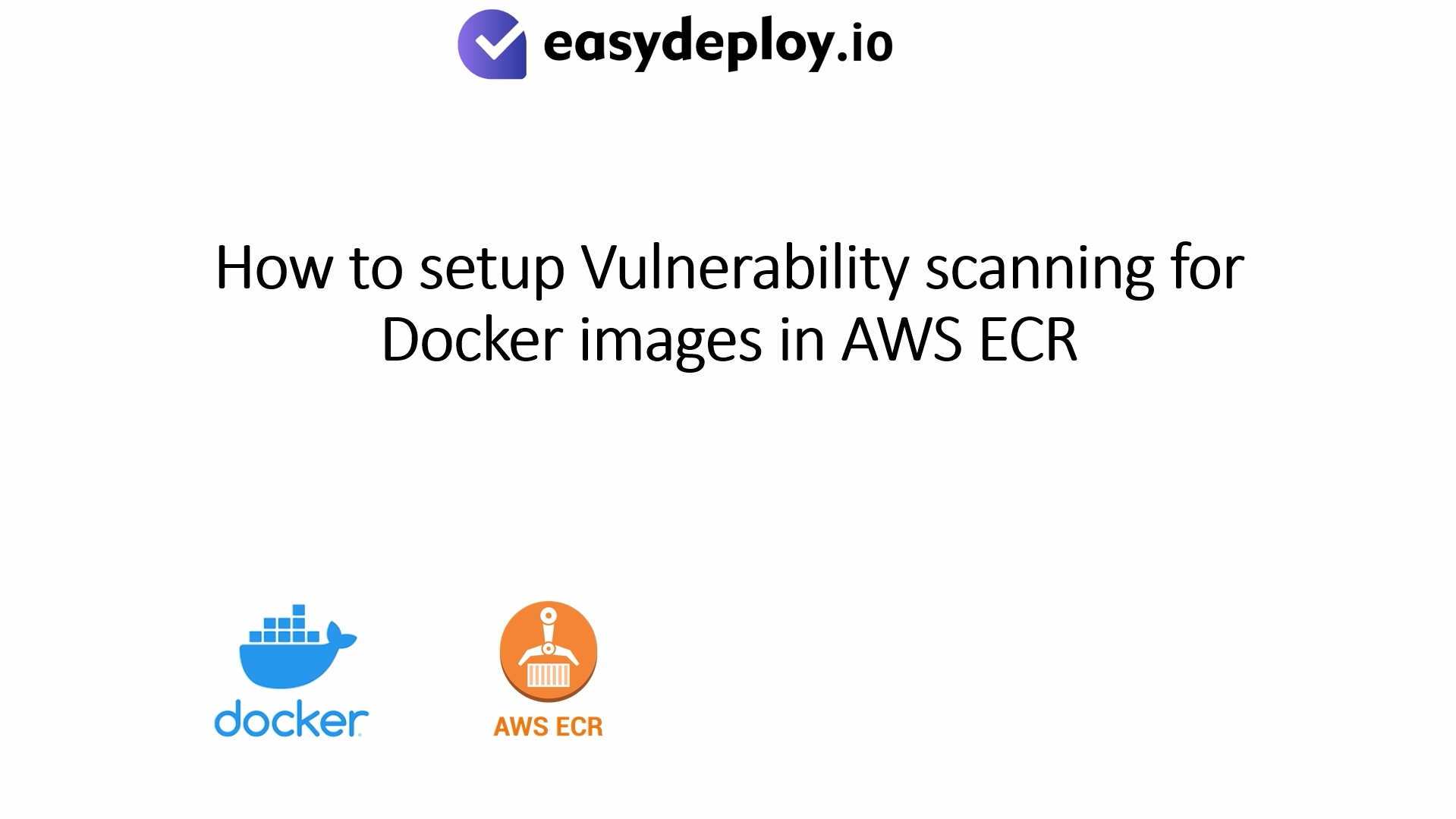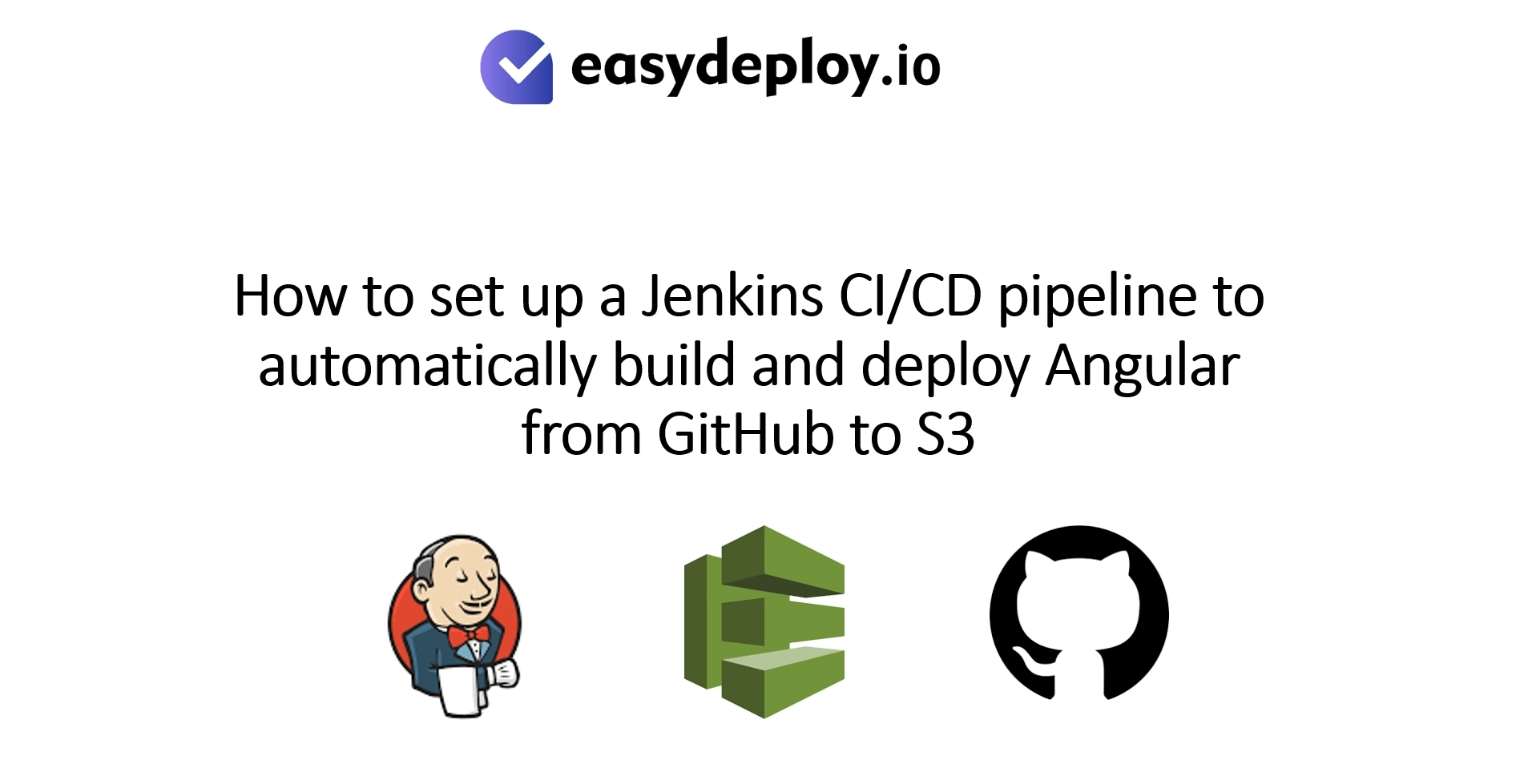Gone are the days of CD, DVD, Pen drive, Hard Disk, etc. Now, store your data ranging from GB to TB easily on AWS S3 buckets with the lowest possible cost and highest recovery rate.
In this blog, we will be discussing in detail one of the AWS storage services i.e S3 (Simple Storage Service). What is S3? How to use it? How safe it is? What are its types? What are the benefits? let’s discuss all these points.
AWS Simple Storage Service (S3) is an object-based storage service built to store and retrieve any amount of data from anywhere on the web.
S3 offers industry-leading scalability, data availability, security, and performance. This means customers of all sizes and industries can use it to store and protect any amount of data for a range of use cases, such as data lakes, websites, mobile applications, backup and restore, archive, enterprise applications, IoT devices, and big data analytics. Amazon S3 is designed for 99.999999999% (11 9’s) of durability, and stores data for millions of applications for companies all around the world.
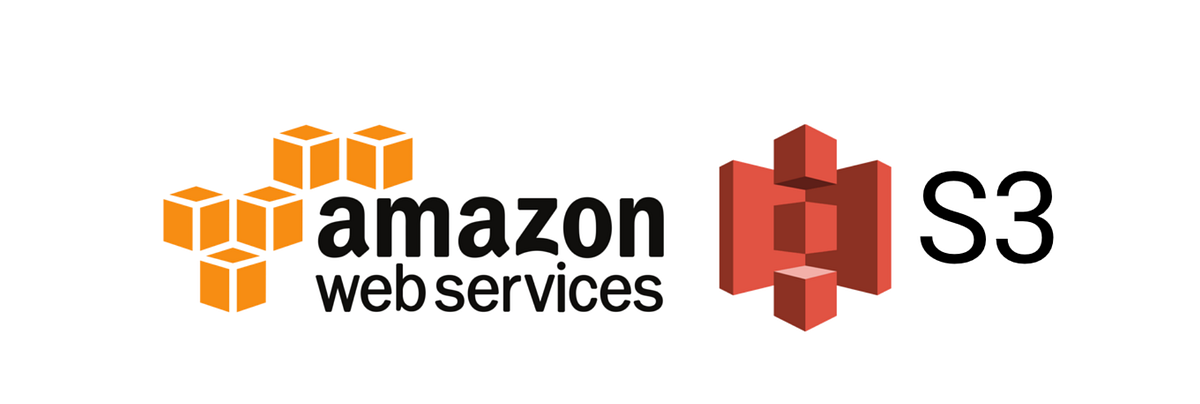
To get started with your AWS S3 you need to create an S3 bucket. So, what is Bucket and Object in S3? A bucket is a container for objects. An object is a file and any metadata that describes that file. To store an object in Amazon S3, you create a bucket and then upload the object to the bucket. When the object is in the bucket, you can open it, download it, and move it. When you no longer need an object or a bucket, you can clean up your resources.
Amazon S3 Storage Classes
Amazon S3 offers a range of storage classes designed for different use cases. These include S3 Standard, S3 Intelligent-Tiering, S3 Standard-Infrequent Access (S3 Standard-IA) and S3 One Zone-Infrequent Access (S3 One Zone-IA), Amazon S3 Glacier (S3 Glacier) and Amazon S3 Glacier Deep Archive (S3 Glacier Deep Archive), and S3 Outposts. Understanding each type is very important to choose the best suitable storage type for your use case.
AWS S3 Standard: This class is mainly used for general purpose and frequently accessed data. It provides high durability and availability. It delivers low latency and high throughput, S3 Standard is appropriate for a wide variety of use cases, including cloud applications, dynamic websites, content distribution, mobile and gaming applications, and big data analytics. This is designed for durability of 99.999999999% of objects across multiple Availability Zones and 99.9% availability over a given year.
AWS S3 Intelligent-Tiering (S3 Intelligent-Tiering): Only cloud storage class that delivers automatic cost savings by moving objects between four access tiers when access patterns change. The S3 Intelligent-Tiering storage class is designed to optimize costs by automatically moving data to the most cost-effective access tier, without operational overhead. Designed for durability of 99.999999999% of objects across multiple Availability Zones. Designed for 99.9% availability over a given year.
AWS S3 Standard-Infrequent Access (S3 Standard-IA): S3 Standard-IA is for data that is accessed less frequently, but requires rapid access when needed. S3 Standard-IA offers the high durability, high throughput, and low latency of S3 Standard, with a low per GB storage price and per GB retrieval fee. This combination of low cost and high performance make S3 Standard-IA ideal for long-term storage, backups, and as a data store for disaster recovery files. Designed for durability of 99.999999999% of objects across multiple Availability Zones. Designed for 99.9% availability over a given year.
AWS S3 One Zone-Infrequent Access (S3 One Zone-IA): S3 One Zone-IA is for data that is accessed less frequently, but requires rapid access when needed. Unlike other S3 Storage Classes which store data in a minimum of three Availability Zones (AZs), S3 One Zone-IA stores data in a single AZ and costs 20% less than S3 Standard-IA. S3 One Zone-IA is ideal for customers who want a lower-cost option for infrequently accessed data but do not require the availability and resilience of S3 Standard or S3 Standard-IA. Designed for durability of 99.999999999% of objects across multiple Availability Zones. Designed for 99.5% availability over a given year.
AWS S3 Glacier (S3 Glacier): S3 Glacier is a secure, durable, and low-cost storage class for data archiving. You can reliably store any amount of data at costs that are competitive with or cheaper than on-premises solutions. To keep costs low yet suitable for varying needs, S3 Glacier provides three retrieval options that range from a few minutes to hours. Designed for durability of 99.999999999% of objects across multiple Availability Zones.
AWS S3 Glacier Deep Archive (S3 Glacier Deep Archive): S3 Glacier Deep Archive is Amazon S3’s lowest-cost storage class and supports long-term retention and digital preservation for data that may be accessed once or twice a year. It is designed for customers particularly those in highly regulated industries, such as the Financial Services, Healthcare, and Public Sectors that retain data sets for 7–10 years or longer to meet regulatory compliance requirements. Designed for durability of 99.999999999% of objects across multiple Availability Zones. Retrieval time within 12 hours.
AWS S3 Outposts storage class: Amazon S3 on Outposts delivers object storage to your on-premises AWS Outposts environment. Using the S3 APIs and features available in AWS Regions today, S3 on Outposts makes it easy to store and retrieve data on your Outpost, as well as secure the data, control access, tag, and report on it.
AWS S3 Durability vs Availability
Durability is that your files exist on the storage of a probability of 99.999999999%.
Availability is that your files are still there on the storage but probability of accessing them or retrieving them back is 99.99%, could be due to a connection issue to reach the service.
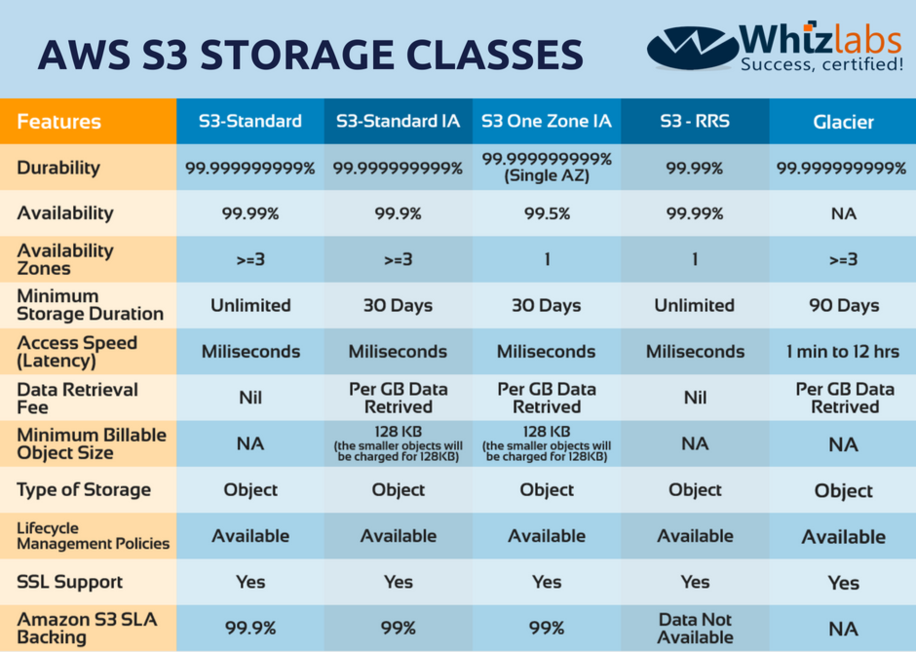
Benefits of using AWS S3 are – Industry-leading performance, scalability, availability, and durability, Wide range of cost-effective storage classes, Unmatched security, compliance, and audit capabilities, Easily manage data and access controls, Query-in-place and process on-request, Most supported cloud storage service.
Refer to AWS S3 FAQ’s here https://aws.amazon.com/s3/faqs/.
AWS S3 Case study – Nielsen Builds Cloud-Native Data Reporting Platform on AWS.
Learn how S3 is used by Nielsen in real-world practices in the below link.
https://aws.amazon.com/solutions/case-studies/nielsen-case-study/
Refer to our other blog https://www.easydeploy.io/blog/aws-s3-hands-on/ where we have discussed how to create S3 buckets, how to define storage class, and Policies, S3 CLI usage, and Pricing.


